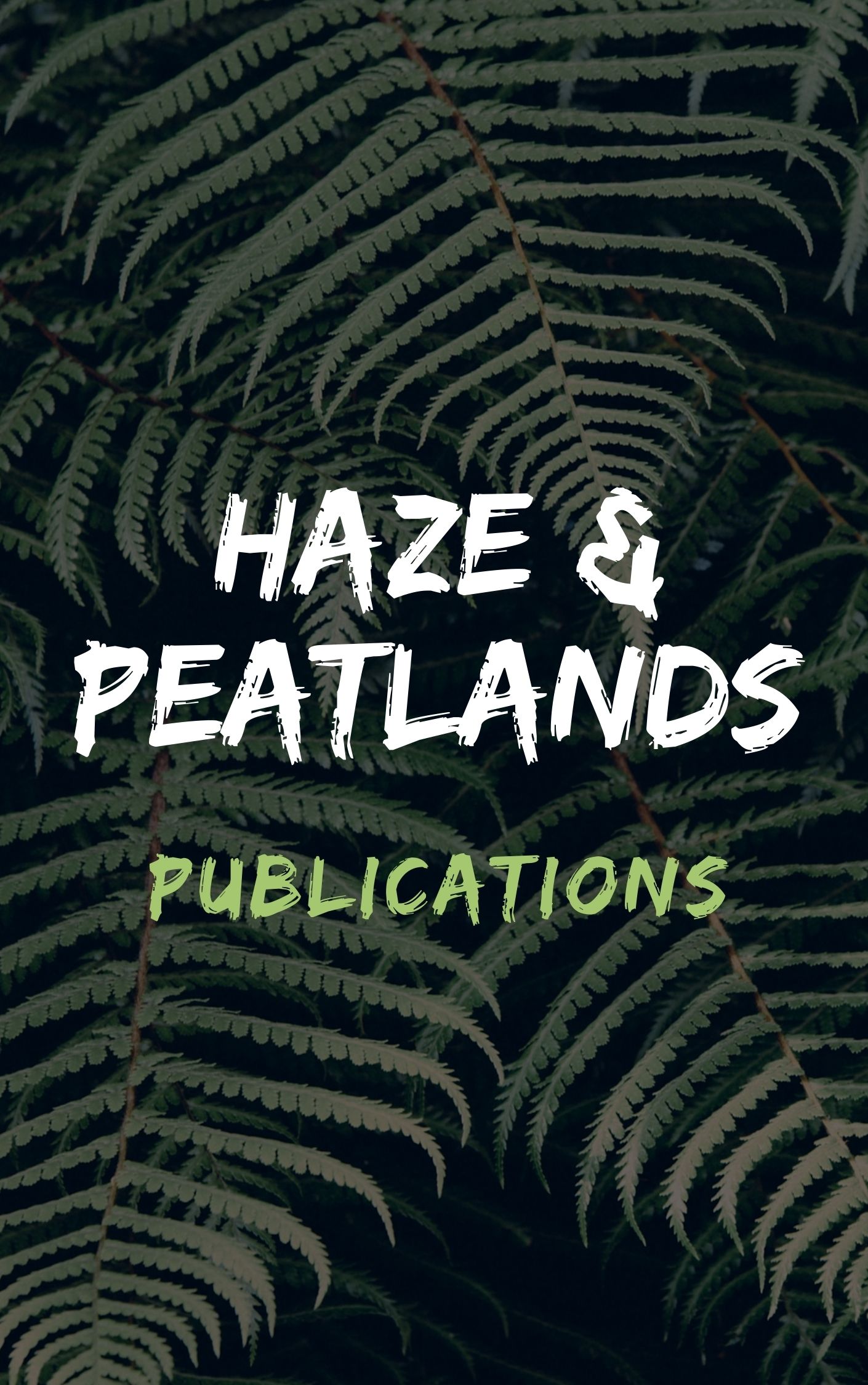Governance of complex socio-ecological problems such as climate change, deforestation, and chronic wildfires is becoming “messier”. Theory and case study evidence suggest that “messy” institutional characteristics like non- government involvement and multi-level decision-making can improve social and environmental outcomes. However, these characteristics still lack systematic documentation, and there have been few efforts to systematically characterize and compare the interventions associated with them. We examined 60 fire management interventions (FMI) undertaken between 1999 and 2016 in response to Indonesia's disastrous peatland fires. We documented their institutional characteristics (i.e., lead sector, multi-level character) and compared their design across institutional types, focusing on design attributes associated with performance such as targeting to high-risk soil types, landholders, and time periods, and the use and design of incentives. We found gaps between scientific recommendations and practice when it came to intervention targeting. However, industry FMI were more likely to employ nuanced targeting among landholders. Government, industry, and civil society adopted differing intervention strategies, including notable differences in the design of incentives. These findings provide the groundwork for research comparing intervention outcomes between institutional types. They also highlight the need for further stock-taking to inform research in these areas. © 2019
View source

